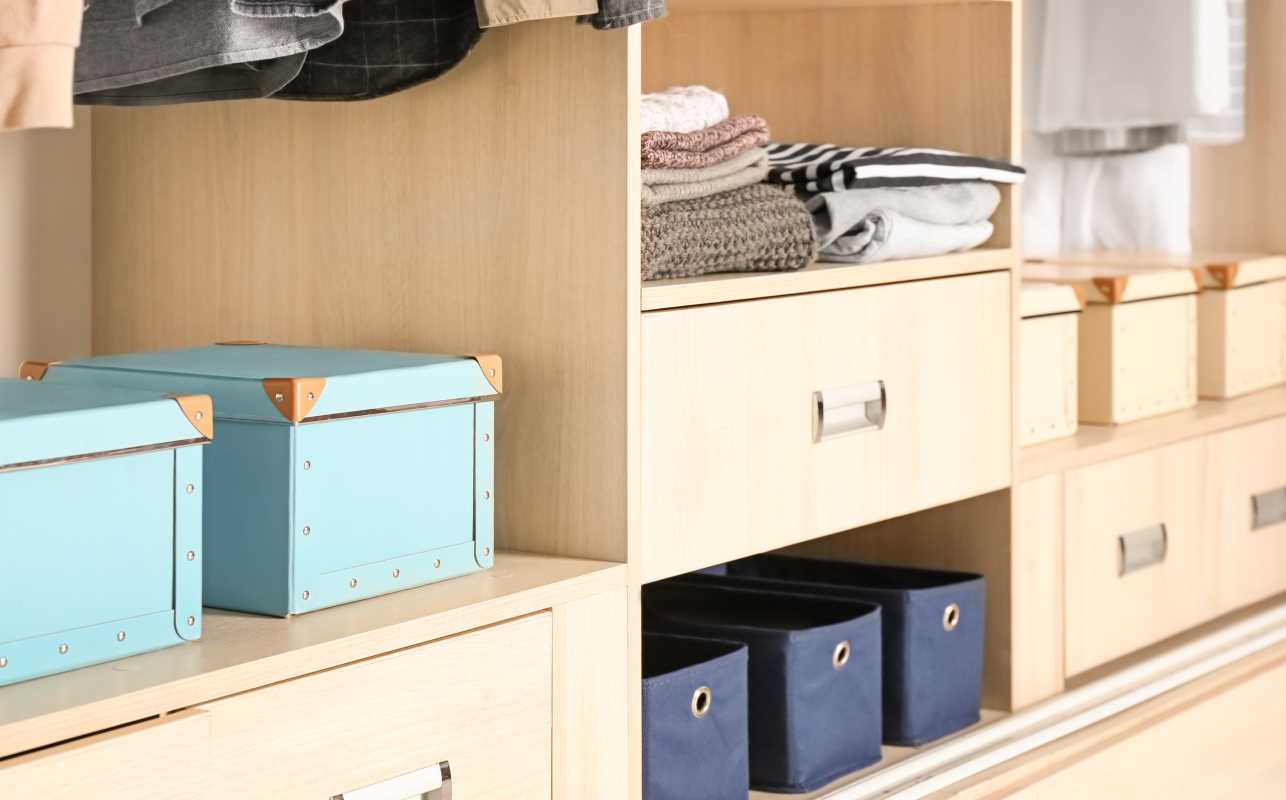As the world increasingly recognizes the crucial role bees play in our ecosystem, many homeowners are seeking ways to support these vital pollinators. Bees contribute significantly to global food production by pollinating approximately one-third of the crops we consume. Unfortunately, they face numerous threats, including habitat loss, pesticides, and climate change. Making your home bee-friendly is not only beneficial for the environment but also enriches your living space and fosters a greater appreciation for nature. Here’s how you can create a bee-friendly home and why it’s essential.
Understanding the Importance of Bees
Bees, particularly honeybees and native bee species, are essential for pollinating many plants, including fruits, vegetables, and flowers. This pollination process is critical for the reproduction of these plants and, consequently, the food supply. According to the Food and Agriculture Organization (FAO), the value of bees' pollination services is estimated to be over $200 billion globally each year. Beyond food production, bees also contribute to the biodiversity of ecosystems, helping maintain the balance of plant life.
However, bee populations have been declining due to factors such as:
- Habitat loss: Urban development and monoculture farming have destroyed natural habitats.
- Pesticide use: Chemical pesticides can harm bees, reducing their populations and impairing their ability to forage.
- Climate change: Changing weather patterns affect blooming cycles and food availability for bees.
- Diseases and parasites: Bees are vulnerable to various diseases and parasites, further threatening their populations.
Creating a bee-friendly home can combat these issues, promote biodiversity, and ensure a sustainable future for these important pollinators.
How to Make Your Home Bee-Friendly
Plant Native Flowers and Plants
The most effective way to attract and support bees is to plant a variety of native flowers and plants. Native species are adapted to the local climate and soil conditions, providing the best sources of nectar and pollen. Some excellent options include:
- Wildflowers: Species like black-eyed Susans, coneflowers, and milkweed are bee favorites.
- Herbs: Planting herbs such as lavender, rosemary, thyme, and mint can attract bees and provide you with fresh ingredients for cooking.
- Flowering Trees and Shrubs: Trees like willow and fruit trees, as well as shrubs such as blueberries and elderberries, offer essential food sources for bees in spring.
Aim for a diverse garden that blooms at various times throughout the growing season to provide continuous food sources for bees.
Create Bee Habitats
Besides planting flowers, you can create specific habitats to encourage bees to thrive. Here are some ideas:
- Bee Hotels: Construct or purchase bee hotels to provide nesting sites for solitary bees. These can be made from untreated wood, bamboo, or hollow stems.
- Leave Some Areas Wild: Allow a portion of your garden to remain wild, with native grasses and flowers. This provides bees with natural habitats and foraging opportunities.
- Bare Soil: Some ground-nesting bees require bare soil to build their nests. Consider leaving areas of bare soil or using gravel to provide suitable nesting sites.
Reduce Pesticide Use
Chemicals used in pesticides can be harmful to bees. To create a bee-friendly home, consider these steps:
- Opt for Organic Practices: Use organic gardening methods that avoid synthetic chemicals. Natural pest control methods include introducing beneficial insects, companion planting, and using neem oil or insecticidal soap.
- Be Mindful of Timing: If you must use pesticides, apply them in the evening when bees are less active and avoid spraying blooming plants.
- Educate Yourself on Alternatives: Research natural pest deterrents that can protect your plants without harming bees.
Provide Water Sources
Bees, like all living creatures, need water. You can help them by providing accessible water sources in your yard. Here’s how:
- Shallow Water Dishes: Fill shallow dishes or birdbaths with water and add stones or pebbles for bees to land on safely while they drink.
- Keep Water Fresh: Change the water regularly to prevent stagnation and mosquito breeding.
Participate in Local Bee Conservation Efforts
Join local environmental or gardening groups focused on bee conservation. Engaging with your community can provide valuable insights and resources for creating bee-friendly spaces. Participate in:
- Workshops: Many organizations offer workshops on sustainable gardening practices and bee conservation.
- Community Gardens: Collaborating with others in community gardens can amplify efforts to create bee habitats and promote biodiversity.
- Pollinator Gardens: Advocate for the establishment of pollinator gardens in public spaces or local parks to increase bee-friendly environments in your area.
Educate Others
Sharing your knowledge and passion for bee conservation can have a ripple effect. Here’s how to educate those around you:
- Social Media: Share your bee-friendly practices and garden progress on social media to inspire others to take action.
- Host Workshops: If you feel comfortable, host workshops or community events to teach others about the importance of bees and how to create friendly habitats.
- Collaborate with Schools: Partner with local schools to educate students about bees and engage them in planting projects.
The Benefits of a Bee-Friendly Home
Creating a bee-friendly environment is not only beneficial for the bees but also enriches your home and community in several ways:
- Enhanced Biodiversity: Supporting bee populations contributes to a more diverse and resilient ecosystem, benefiting various plant and animal species.
- Aesthetic Appeal: A garden filled with colorful flowers and diverse plant life enhances the beauty of your home, making it a more pleasant place to live.
- Environmental Impact: Contributing to bee conservation efforts helps combat the global decline in pollinator populations, which is crucial for food security and ecosystem health.
- Connection with Nature: Cultivating a bee-friendly home fosters a deeper connection with nature and encourages mindfulness, promoting overall well-being.
Making your home bee-friendly is a rewarding endeavor that provides numerous environmental and personal benefits. By planting native flowers, creating habitats, reducing pesticide use, and engaging with your community, you can significantly impact bee populations and contribute to a healthier ecosystem. Embracing these practices not only helps sustain the vital role of bees in pollination but also enhances your living space and fosters a greater appreciation for the natural world around you. So, let’s roll up our sleeves, dig into the soil, and create a welcoming haven for our buzzing friends!
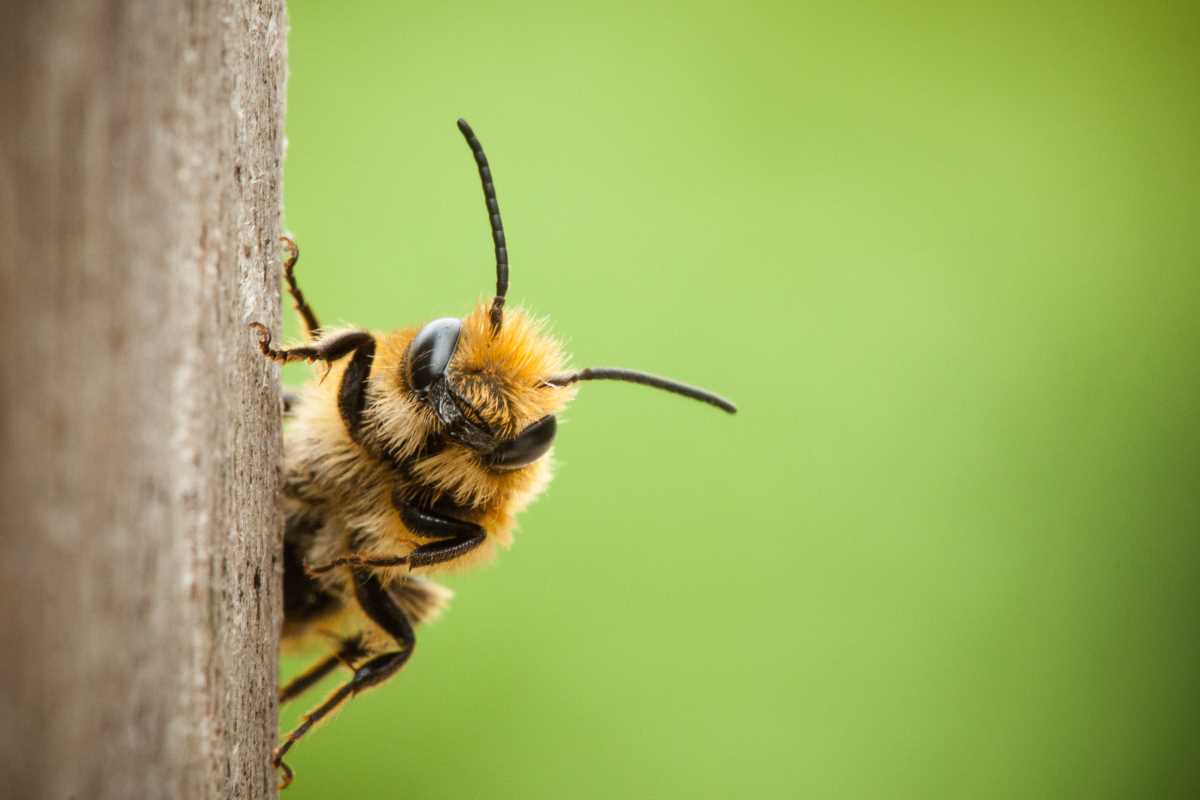

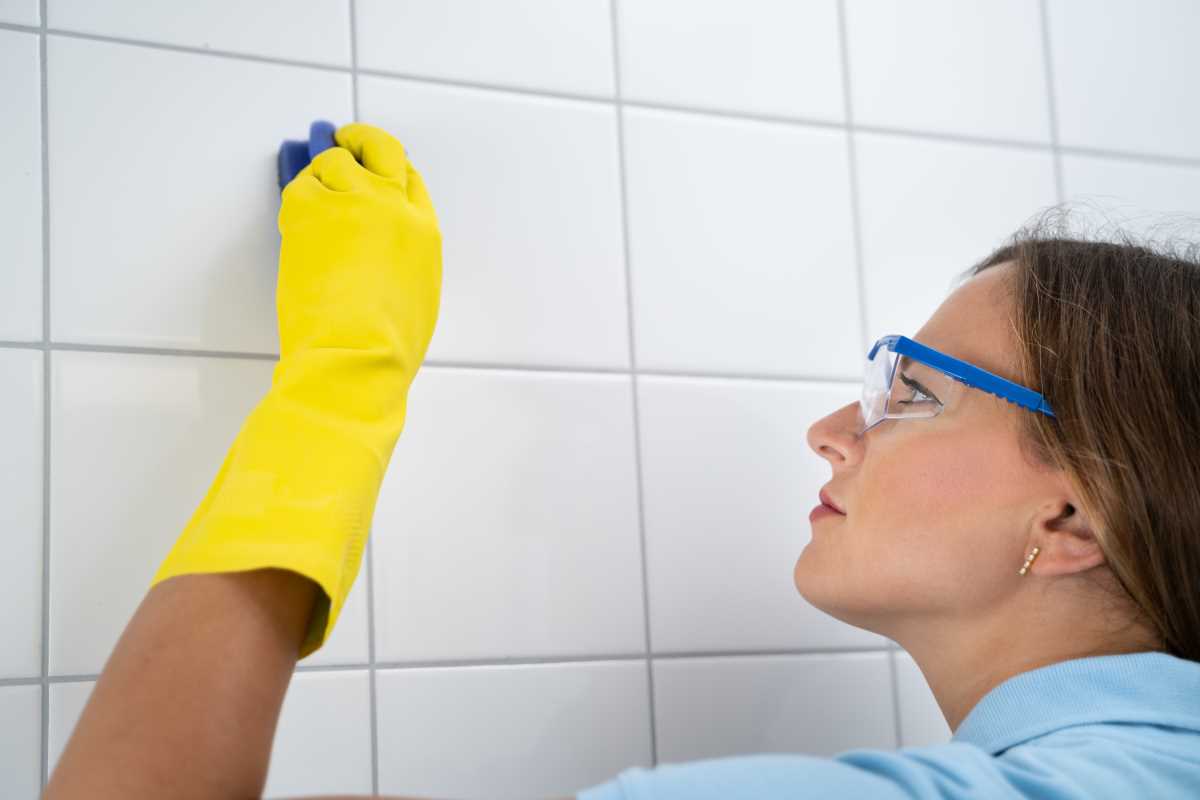
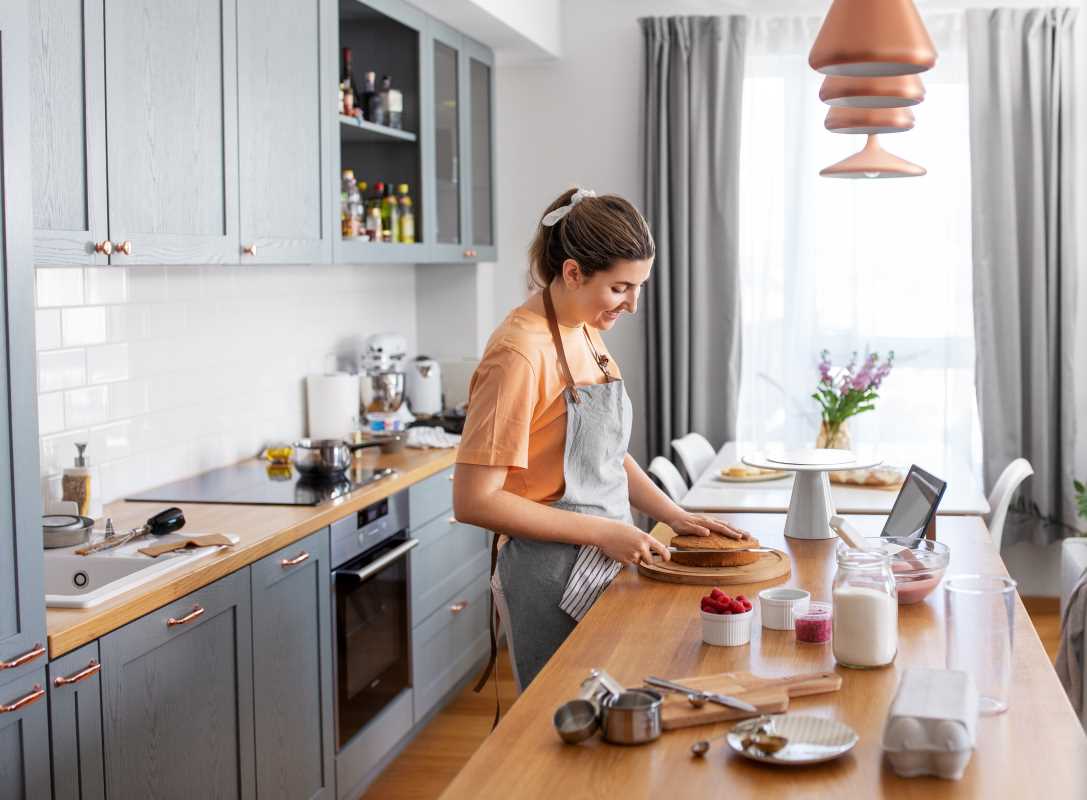
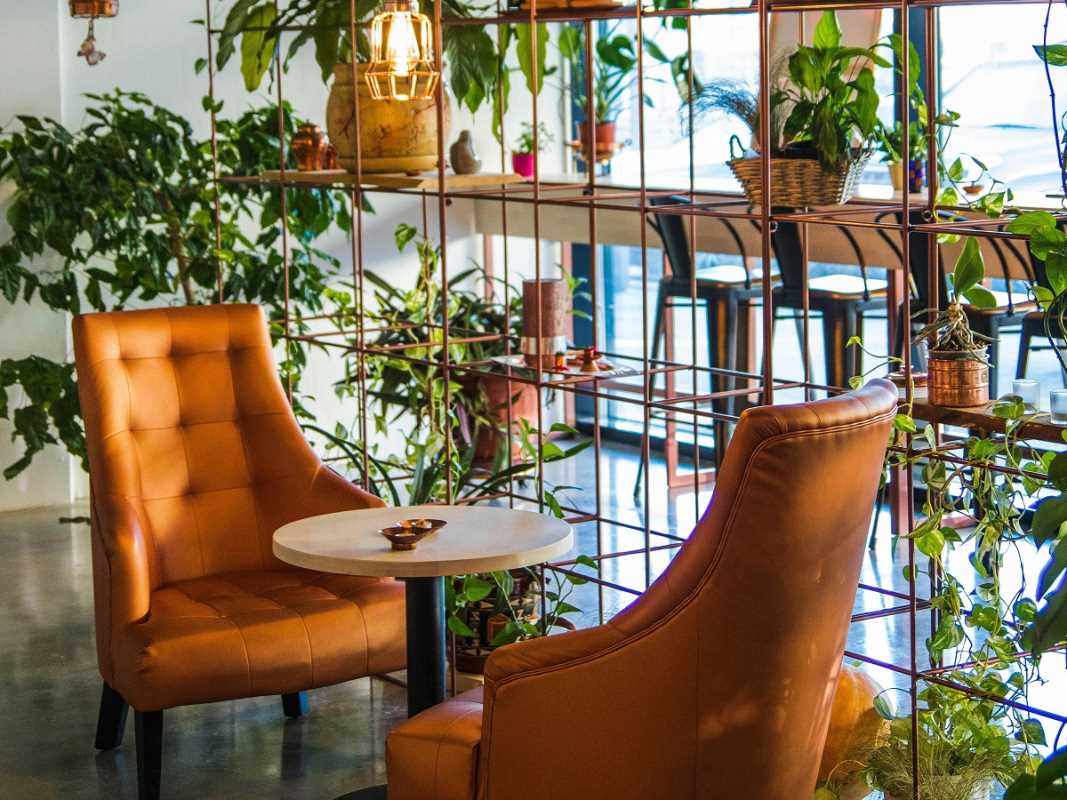
.jpg)
